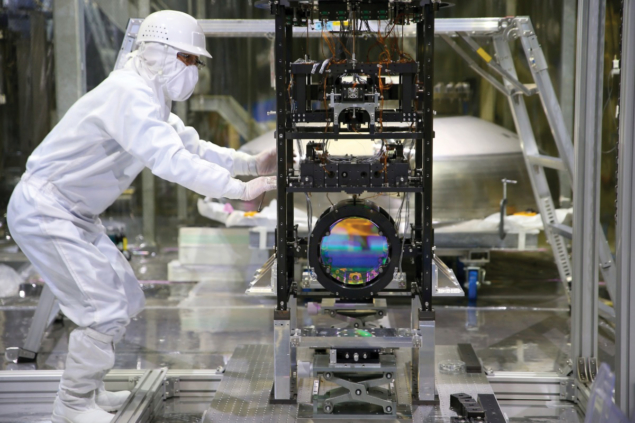
The construction of Japan’s first gravitational-wave (GW) detector, KAGRA, was finished on 4 October. Following agreement with the LIGO and Virgo collaborations, KAGRA will now participate in their third joint observation run, which began in April. The detector, which was built by the University of Tokyo, the National Astronomical Observatory of Japan and KEK, is the world’s fourth major GW detector, alongside LIGO in Washington state and Louisiana and Virgo in Italy. One of a suite of detectors in the Kamioka Observatory in northern Japan, KAGRA is also the first GW detector to operate at cryogenic temperatures, improving sensitivity at frequencies around 100 Hz – an important feature for proposed third-generation detectors such as the Einstein Telescope in Europe and the Cosmic Explorer in the US.








